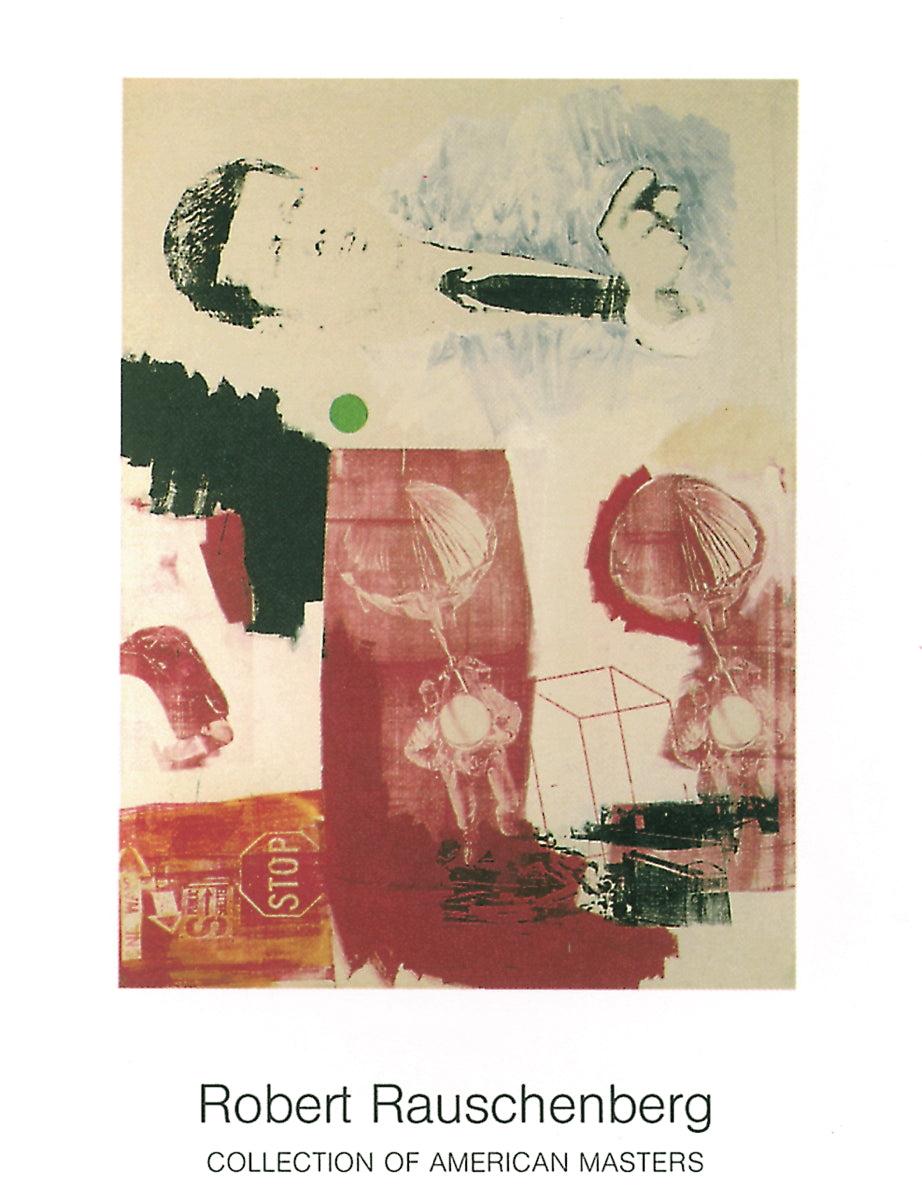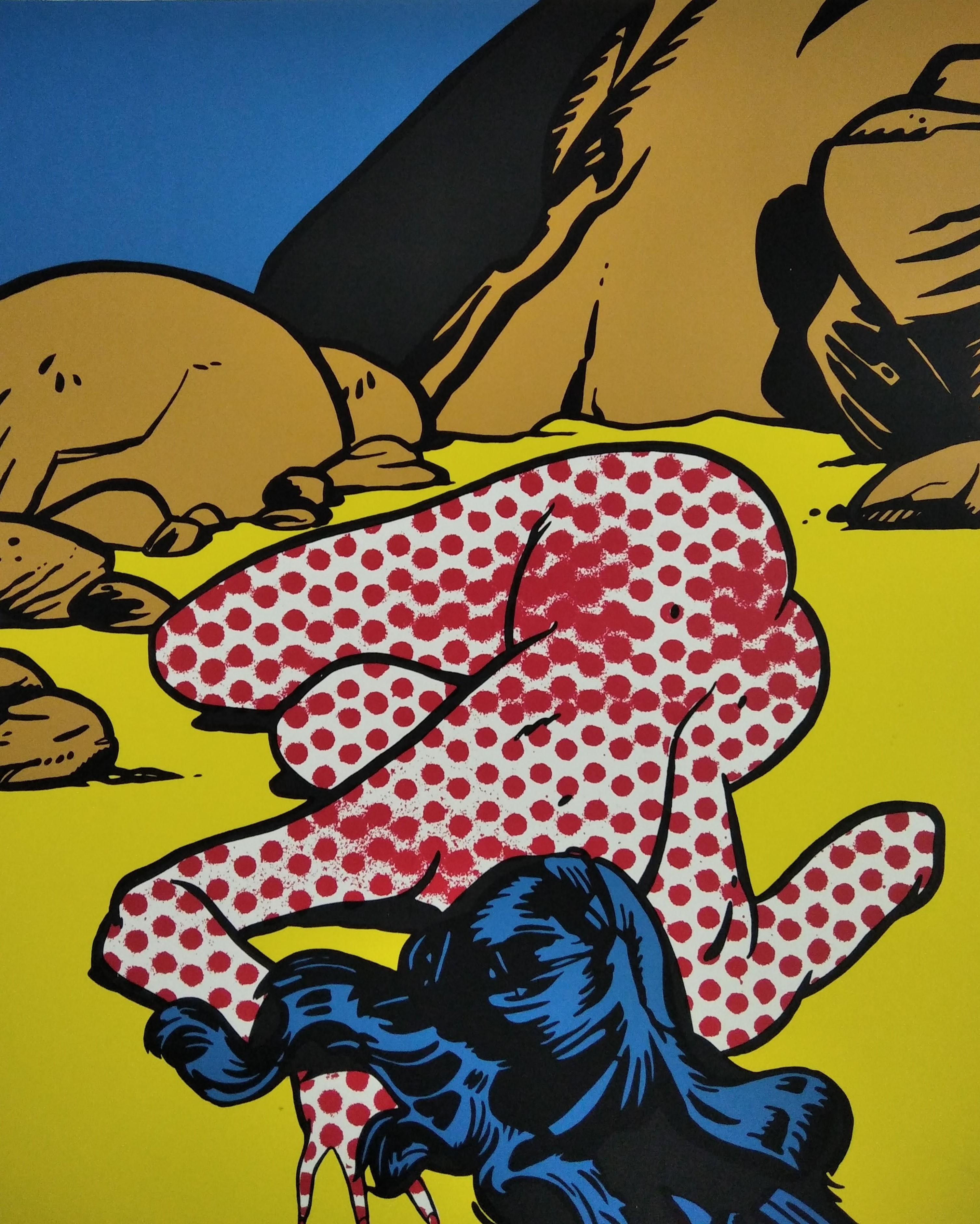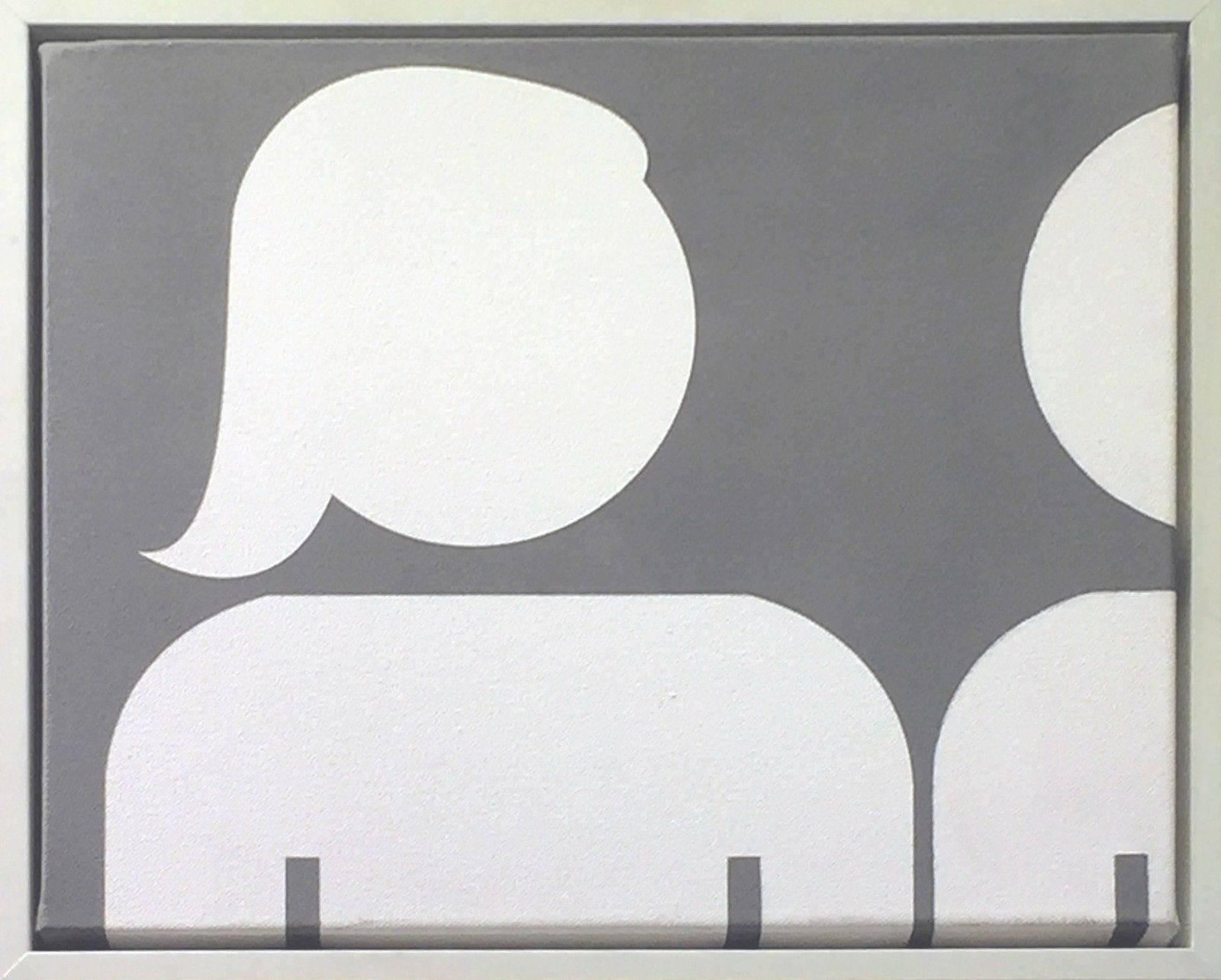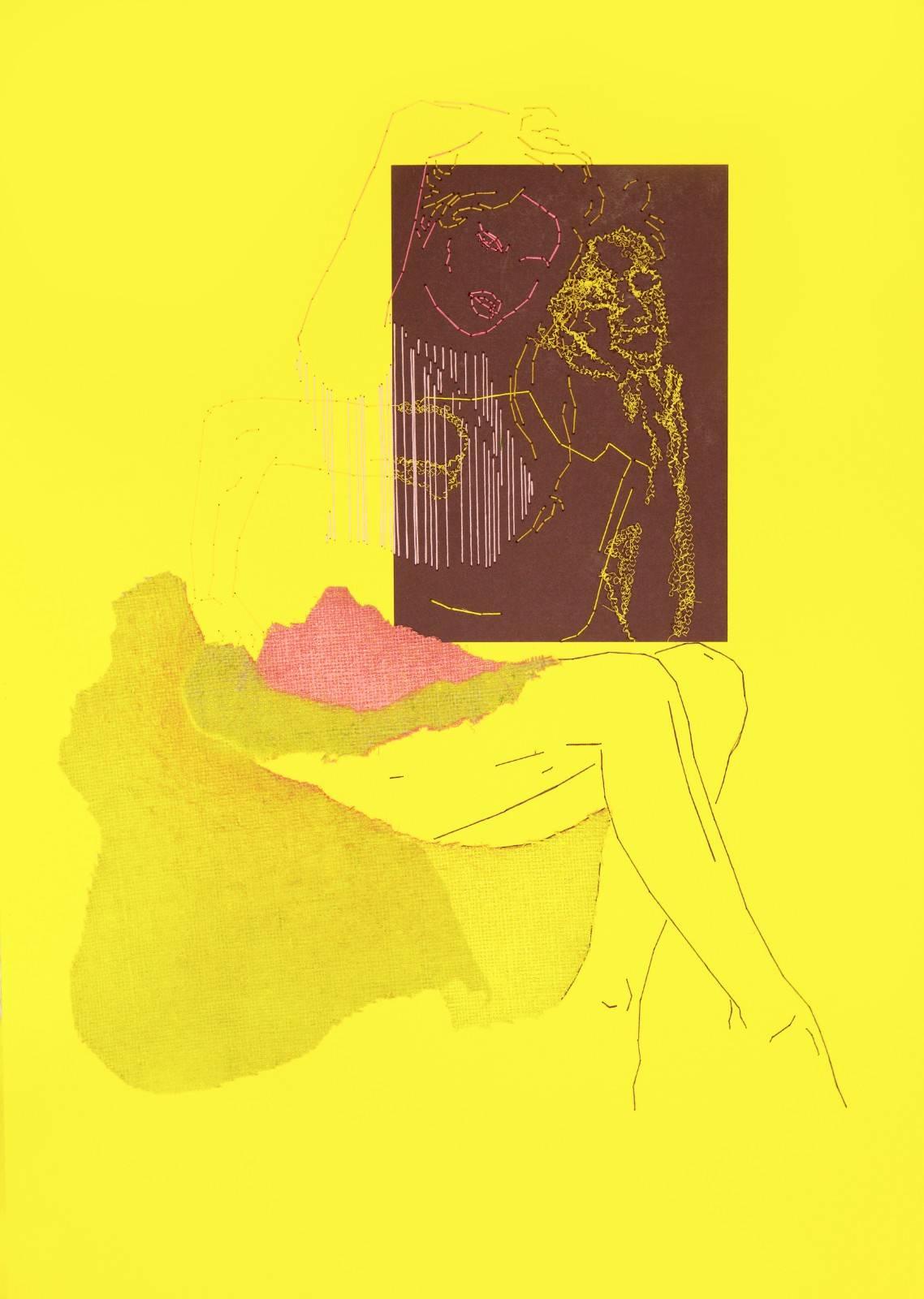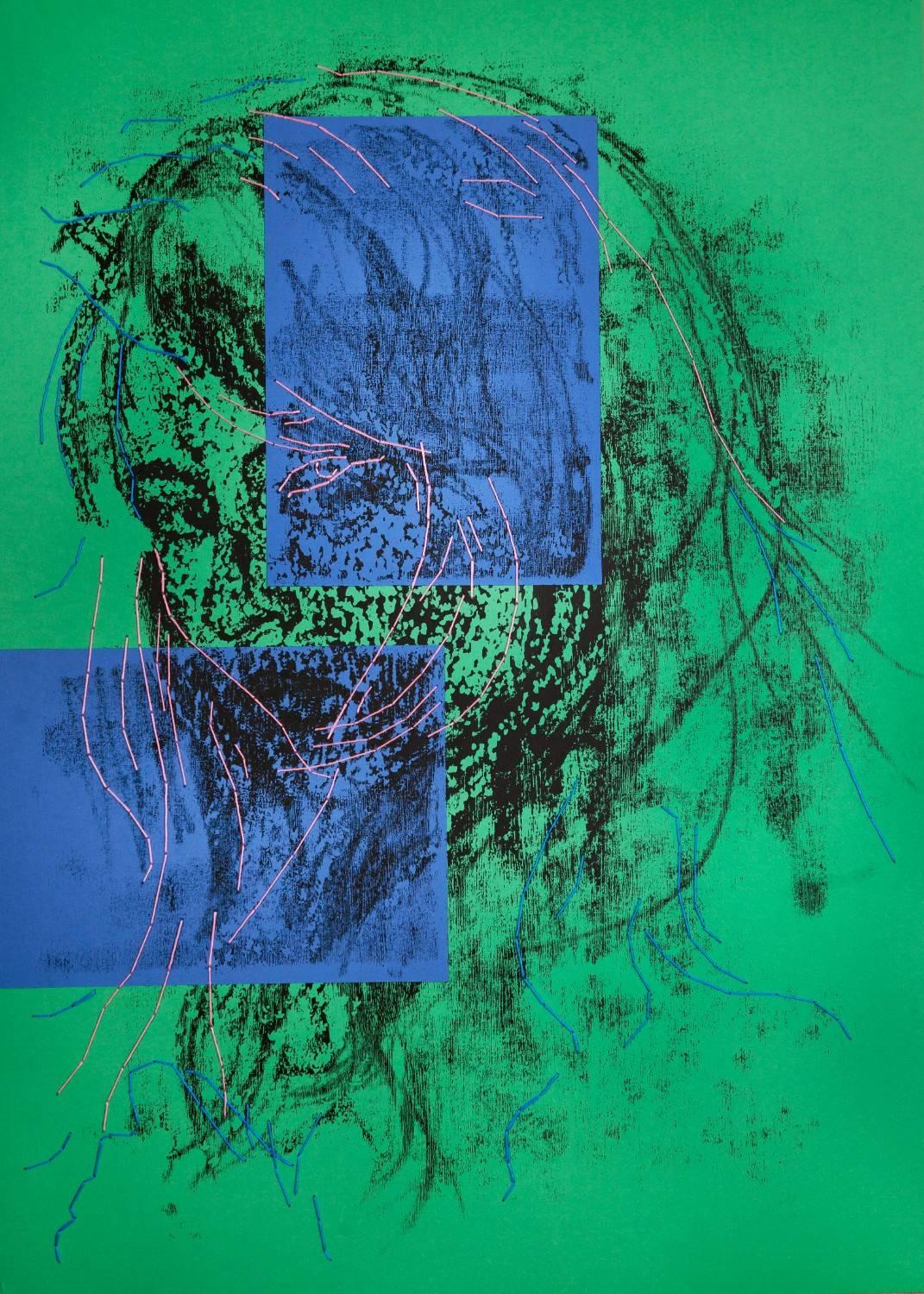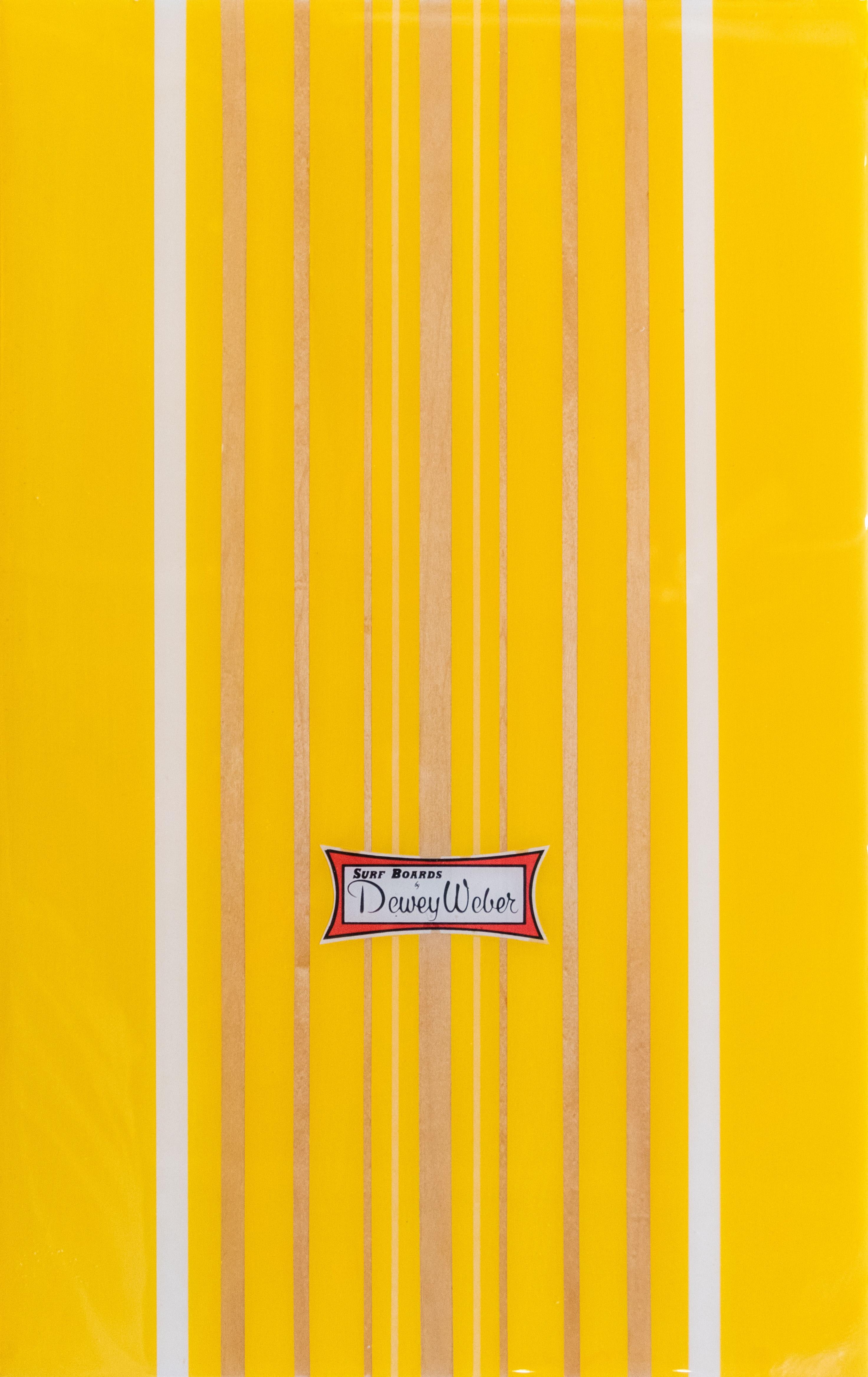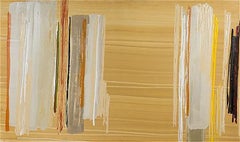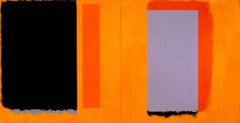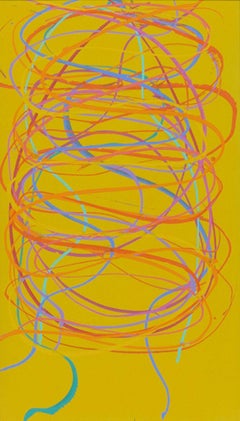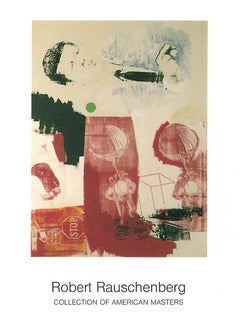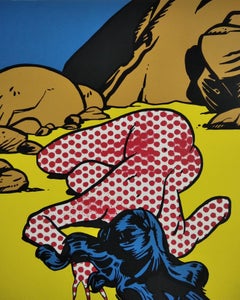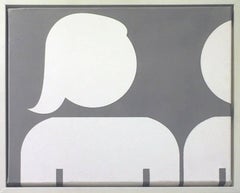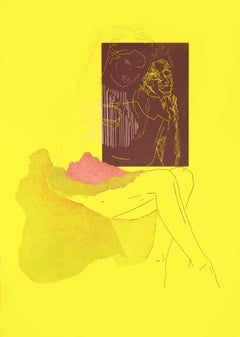Want more images or videos?
Request additional images or videos from the seller
1 of 2
Peter StanickPick Your Own Colors1991
1991
$7,500
£5,856.54
€6,648.11
CA$10,788.89
A$11,744.84
CHF 6,191.22
MX$142,214.70
NOK 78,055.13
SEK 73,099.90
DKK 49,626.01
About the Item
Inspired by Pop Art, Stanick’s work covers a wide range of world images taken from the Internet. His visual language is originally digital; he then uses animation software to create his drawings, which he transfers to aluminium. His imagery is composed by snapshots of everyday life which are elevated in order to transcend the mundane or boring.
- Creator:Peter Stanick
- Creation Year:1991
- Dimensions:Height: 46 in (116.84 cm)Width: 46 in (116.84 cm)
- Medium:
- Movement & Style:
- Period:
- Condition:
- Gallery Location:Boca Raton, FL
- Reference Number:1stDibs: LU1354214270282
About the Seller
5.0
Recognized Seller
These prestigious sellers are industry leaders and represent the highest echelon for item quality and design.
Established in 1989
1stDibs seller since 2020
25 sales on 1stDibs
Typical response time: 10 hours
- ShippingRetrieving quote...Shipping from: Boca Raton, FL
- Return Policy
Authenticity Guarantee
In the unlikely event there’s an issue with an item’s authenticity, contact us within 1 year for a full refund. DetailsMoney-Back Guarantee
If your item is not as described, is damaged in transit, or does not arrive, contact us within 7 days for a full refund. Details24-Hour Cancellation
You have a 24-hour grace period in which to reconsider your purchase, with no questions asked.Vetted Professional Sellers
Our world-class sellers must adhere to strict standards for service and quality, maintaining the integrity of our listings.Price-Match Guarantee
If you find that a seller listed the same item for a lower price elsewhere, we’ll match it.Trusted Global Delivery
Our best-in-class carrier network provides specialized shipping options worldwide, including custom delivery.More From This Seller
View AllUntitled
By Larry Zox
Located in Boca Raton, FL
In Mr. Zox's sigrrature works of the mid- to late 1960s, flatly painted diamonds, triangles and other hard-edged shapes were orchestrated into brilliant symmetrical and asymmetrical ...
Category
20th Century Abstract Paintings
Materials
Canvas, Oil
$65,000
50/50
By Doug Ohlson
Located in Boca Raton, FL
Doug Ohlson began his education in a number of small colleges, and a three year period in the U.S. Marines before graduating from the University of Minnesota with a B.A. in fine art....
Category
20th Century Contemporary Abstract Paintings
Materials
Canvas, Acrylic
$110,000
C'Mon Get Happy
By Deborah Kass
Located in Boca Raton, FL
Iconic feminist artist, Deborah Kass is an American artist based in New York, whose work explores the intersection of pop culture, art history, and the construction of self. She is ...
Category
21st Century and Contemporary Contemporary More Prints
Materials
Archival Pigment
Sola
By Dan Christensen
Located in Boca Raton, FL
A leading abstract painter in his lifetime, Dan Christensen drew from a range of Modernist sources to produce colorful, luminous compositions that featured giant dots, whirling loops...
Category
20th Century Abstract Expressionist Abstract Paintings
Materials
Canvas, Acrylic
Price Upon Request
Untitled
By Dan Christensen
Located in Boca Raton, FL
A leading abstract painter in his lifetime, Dan Christensen drew from a range of Modernist sources to produce colorful, luminous compositions that featured giant dots, whirling loops...
Category
20th Century Post-War Abstract Paintings
Materials
Acrylic
Chwana
By Dan Christensen
Located in Boca Raton, FL
A leading abstract painter in his lifetime, Dan Christensen drew from a range of Modernist sources to produce colorful, luminous compositions that featured giant dots, whirling loops...
Category
20th Century Contemporary Abstract Paintings
Materials
Canvas, Acrylic
$65,000
You May Also Like
Rauschenberg-Quote Vintage Pop Art
By (After) Robert Rauschenberg
Located in Brooklyn, NY
Rare exhibition poster from the series Collection of European Masters, published for the Kunstsammlung Nordrhein-Westfalen by Achenbach Editions.
Quote from 1981 explores themes of c...
Category
Late 20th Century Pop Art Figurative Prints
Materials
Offset
Untitled
Located in Barcelona, BARCELONA
The painting is being offered with a work and authenticity certificate
Category
1980s Pop Art Figurative Prints
Materials
Lithograph
PORTRAIT II
By Stephen Gamson
Located in Aventura, FL
Original painting. Hand signed and dated on verso by the artist. Artwork is in excellent condition. Certificate of authenticity included. All reasonable offers will be considered.
Category
21st Century and Contemporary Pop Art Figurative Paintings
Materials
Canvas, Acrylic
$2,660 Sale Price
30% Off
BB #5#11
By Ant Pearce
Located in Brecon, Powys
From the artist's 2017 Brigitte Bardot series
A Double side piece
A side:Hessian fabric, paint + thread machine and hand stitched on paper
B side:Thread hand stitched on paper
Category
2010s Contemporary Mixed Media
Materials
Thread, Ink
$2,750
BB #4 #5
By Ant Pearce
Located in Brecon, Powys
From the Artist Bridget Bardot series
Ink + thread hand and machine stitched on paper
Category
2010s Contemporary Mixed Media
Materials
Thread, Paper, Ink
$1,500
Dewey Weber #0
By Peter Dayton
Located in Fairfield, CT
Mixed Media
Category
Early 2000s Contemporary Mixed Media
Materials
Mixed Media
